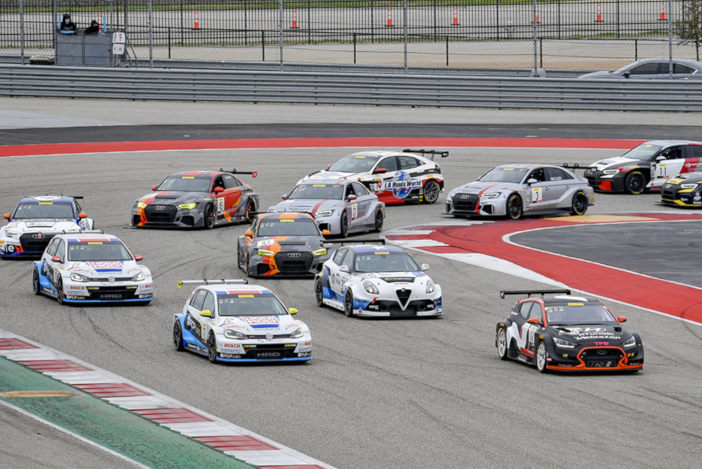World Sporting Consulting, the governing body for Touring Cars (TCR), has published its latest balance of performance figures.
The performance changes to the TCR-homologated cars in the bulletin have to be made to qualify for all TCR-certified races around the world and are intended to level the playing field between manufacturers.
The balance of performance (BoP) changes are determined on the basis of aerodynamics and engine checks, and from the track test for the new cars. The parameters tested include the engine power level, the target racing weight, the compensation weight, the BoP ballast, the total minimum racing weight and ride height.
The Engine Power Level ranges from a maximum of 102.5% to a minimum of 97.5% for the new Lynk&Co 03 and the Hyundai i30 N and Veloster N; the Ride Height varies from 60mm (Audi, CUPRA and Volkswagen with DSG gearbox) to 90mm (the two Hyundai cars); and so does the BoP ballast between -60kg (Peugeot 308 Racing Cup) and +40kg (Hyundai Veloster).
The Compensation Weight is fixed at 60kg for all models on their first appearance, but it will be adjusted during the season by the CW Automatic Formula, based on the results of each championship.
The initial Total Minimum Racing Weights that come out from these calculations range from the 1225kg of the 308 Racing Cup to the 1365kg of the Veloster.
The full Balance of Performance statistics are below:



